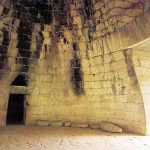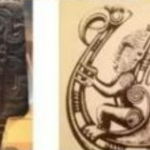The Monumental Temple in Luxor: Honoring Pharaoh Hatshepsut
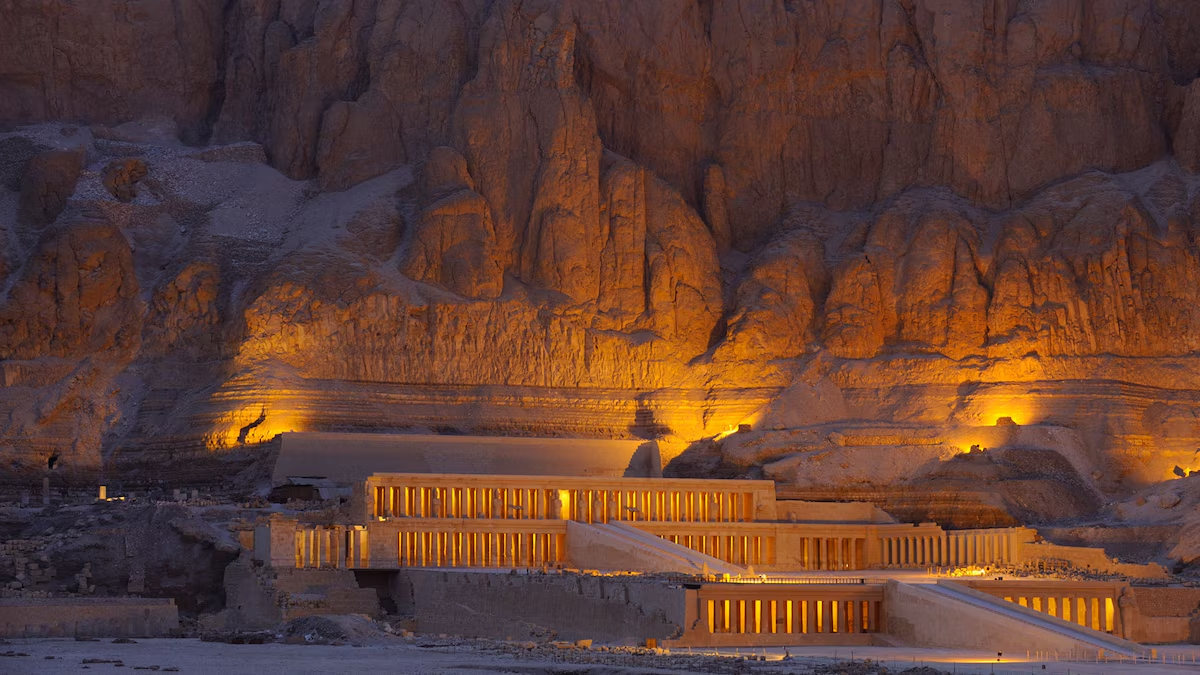
In the heart of ancient Egypt, amidst the timeless sands of the Nile River, stands a testament to the grandeur of one of history’s most remarkable rulers—the Temple of Pharaoh Hatshepsut in Luxor. Rising majestically against the backdrop of the Theban cliffs, this architectural marvel serves as a lasting tribute to the legacy of Egypt’s first female pharaoh.
The Temple of Hatshepsut, also known as Djeser-Djeseru, meaning “Holy of Holies,” is a masterpiece of New Kingdom architecture, embodying the zenith of ancient Egyptian artistic and engineering prowess. Constructed during the reign of Hatshepsut, who ruled Egypt from 1479 to 1458 BCE, the temple stands as a testament to her ambition, vision, and enduring legacy.
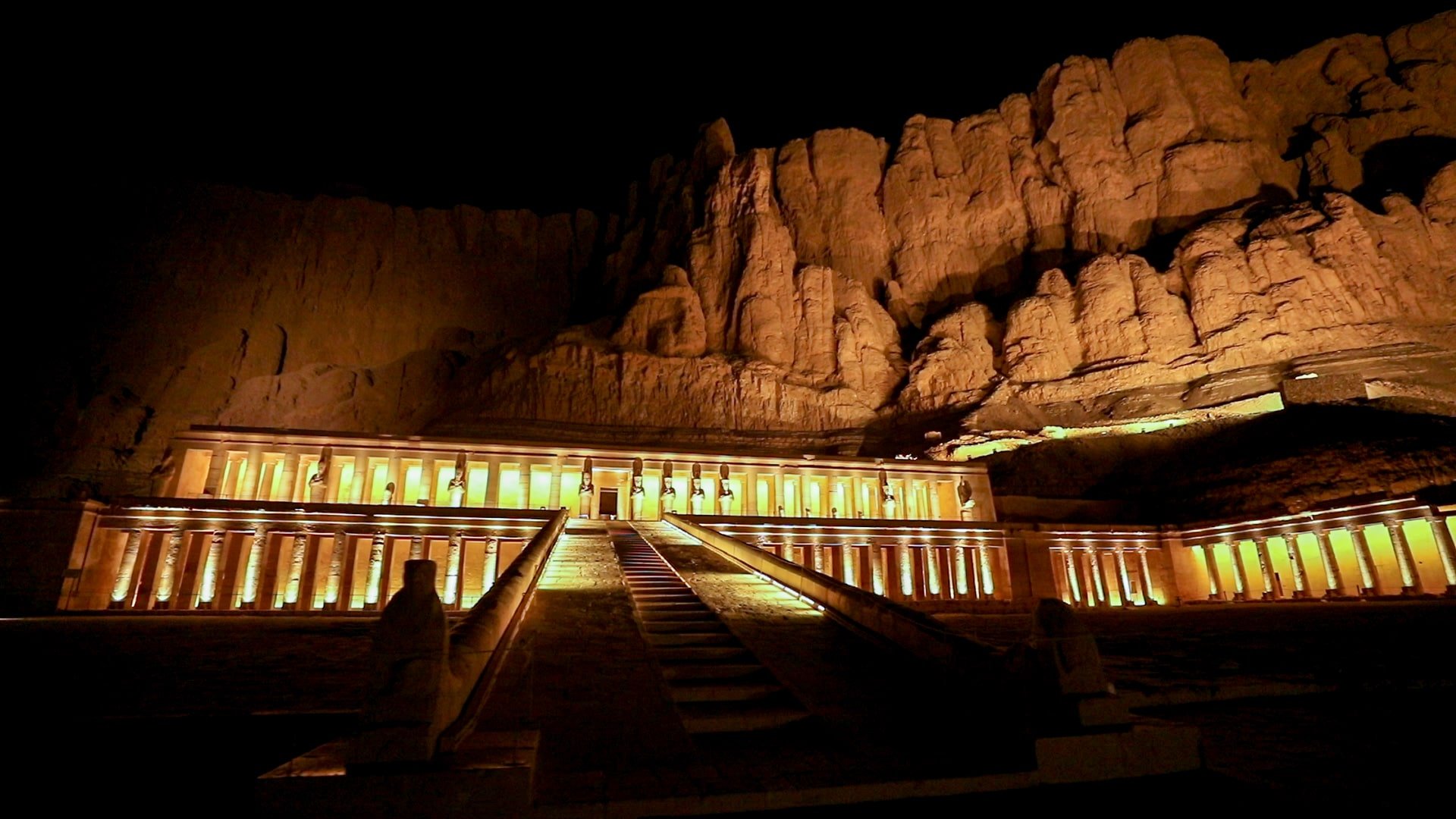
As one approaches the temple, its imposing facade commands attention, with towering colonnades and towering statues of the pharaoh herself. Carved into the sheer cliffs of Deir el-Bahari, the temple blends seamlessly with its natural surroundings, a harmonious union of nature and human endeavor.
Upon entering the temple precinct, visitors are greeted by a series of grand terraces and courtyards, each adorned with intricately carved reliefs depicting scenes from Hatshepsut’s reign and divine lineage. The walls resonate with the stories of gods and goddesses, pharaohs and queens, immortalized in stone for eternity.
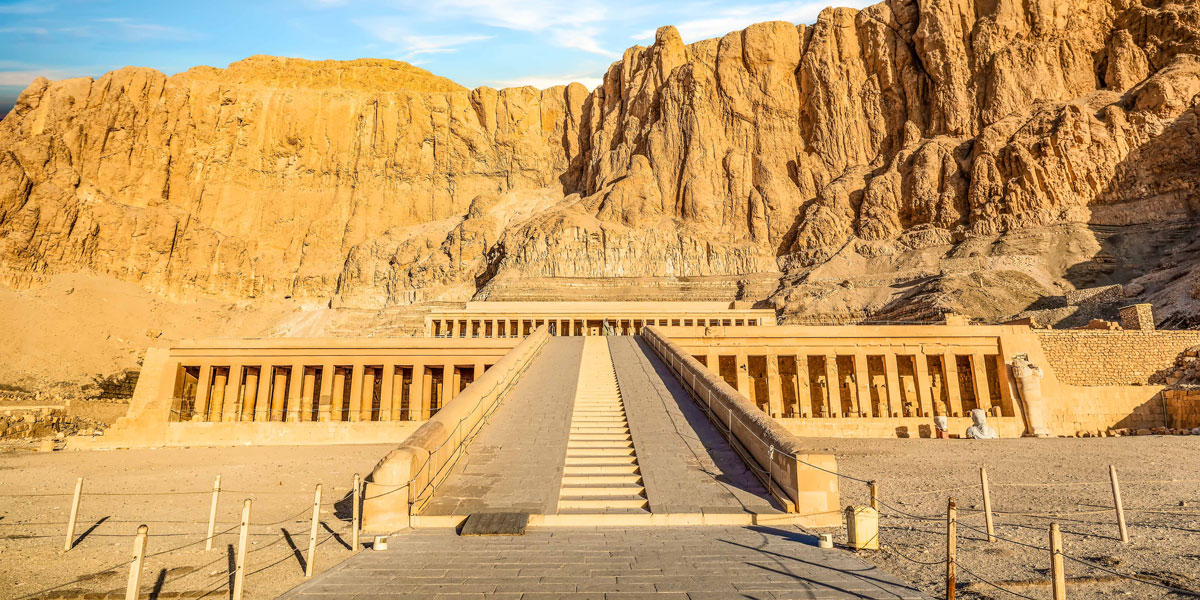
Central to the temple complex is the Sanctuary of Amun, the principal deity of ancient Thebes, where offerings were made and rituals performed in honor of the gods. Here, amidst the flickering light of oil lamps and the heady scent of incense, priests conducted ceremonies to ensure the prosperity and protection of Egypt.
The architectural layout of the temple reflects not only the religious beliefs of the ancient Egyptians but also Hatshepsut’s political astuteness and desire to legitimize her rule. Through the construction of monumental structures such as Djeser-Djeseru, she sought to establish her authority and secure her place in history as a pharaoh worthy of reverence and admiration.
Despite its grandeur, the Temple of Hatshepsut has not been immune to the ravages of time and human conflict. Over the millennia, it has weathered earthquakes, floods, and acts of vandalism, yet it endures as a symbol of Egypt’s enduring resilience and cultural heritage.
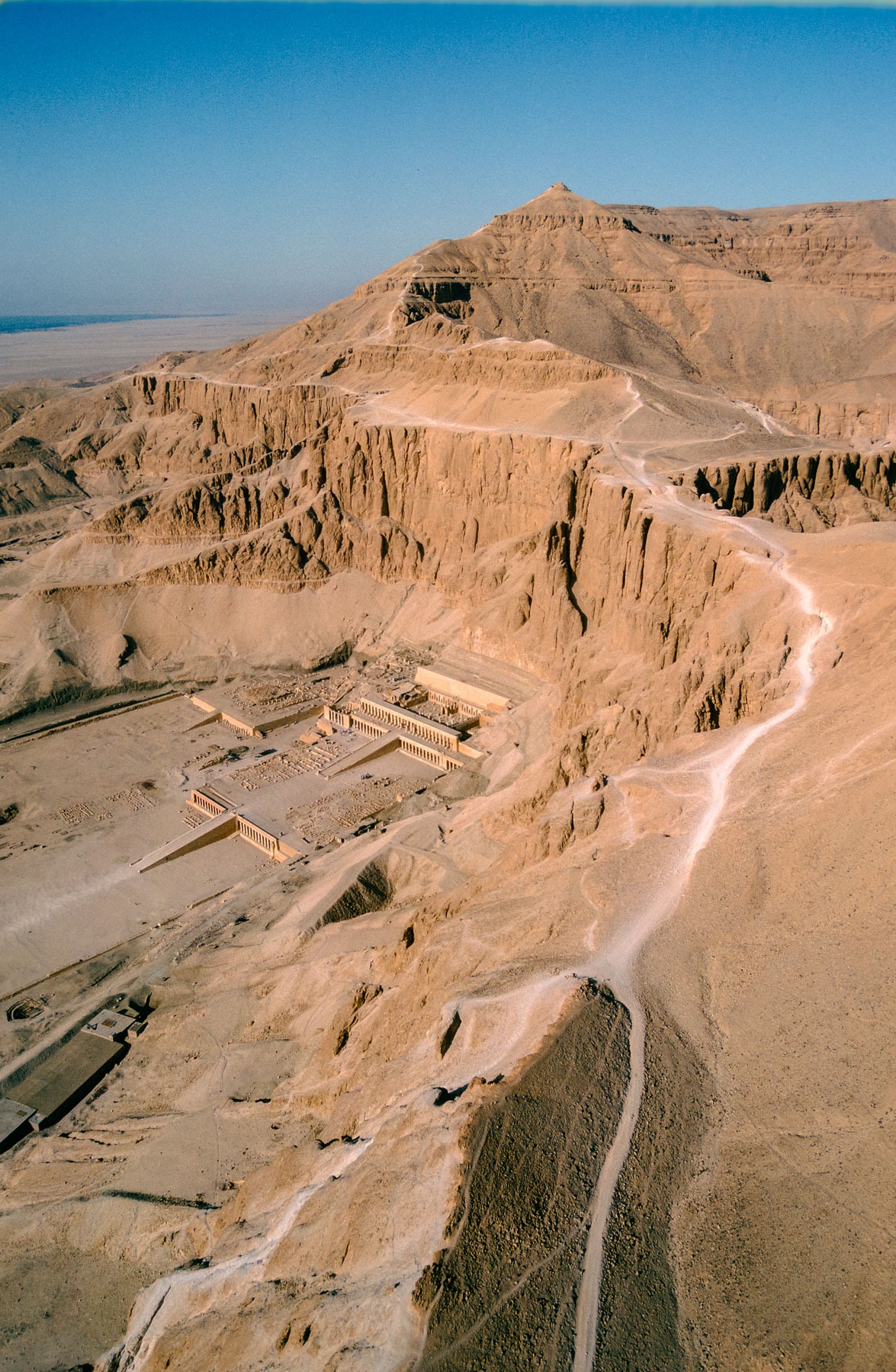
Today, the Temple of Hatshepsut stands as one of the most iconic landmarks of ancient Egypt, drawing visitors from around the world to marvel at its beauty and contemplate the mysteries of the pharaoh’s reign. Its silent stone walls bear witness to the passage of time, whispering secrets of a bygone era to those who seek to uncover the rich tapestry of Egypt’s past.
As we stand in awe before Luxor’s monumental temple, we are reminded of the timeless allure of ancient Egypt and the indelible mark left by one of its most extraordinary rulers. In honoring Pharaoh Hatshepsut, we pay homage not only to her remarkable achievements but also to the enduring legacy of a civilization that continues to captivate and inspire the world.



